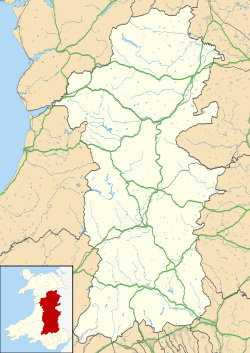| Burgedin | |
|---|---|
Location within Powys | |
| OS grid reference | SJ2414 |
| Principal area | |
| Country | Wales |
| Sovereign state | United Kingdom |
| Police | Dyfed-Powys |
| Fire | Mid and West Wales |
| Ambulance | Welsh |
Burgedin is a village in Powys, Wales. The Montgomery Canal passes through the village.

